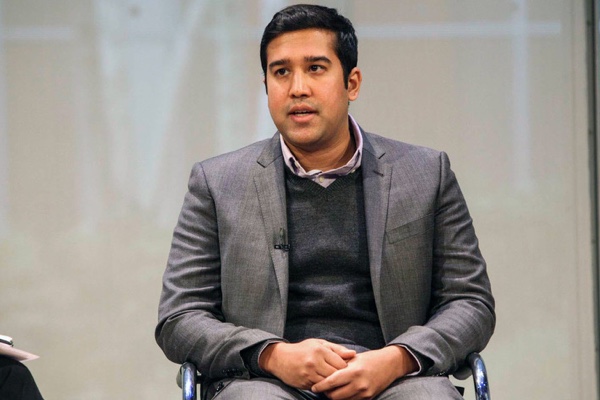The Big Picture: A Whole New Way to Understand Digital Media Audiences

When we launched Parse.ly Analytics in 2012 we were confident that a web analytics platform built from the ground up for content was key to the success of digital publishers.

The need for data and analytics beat even our expectations handily. Since then, we’ve worked with some of the best and most innovative publishers on the web, like the team at Condé Nast, FoxNews.com, The New York Post, Business Insider, The Telegraph, Upworthy and hundreds of others. We’ve also seen the entire industry shift.
I wrote a piece in PBS MediaShift about why I thought publishers were going to go data crazy, but I didn’t think it was going to happen so soon. Now, not only do digital media sites clamor for more data to understand their audiences, but they’re investing more and more resources into building the right teams to help distill that into effective strategies.
However, investing more resources doesn’t mean understanding digital audiences is getting any easier. If anything, the most recent surge of interest in analytics has pointed out how hard getting this right really is. The industry fights over which metric “really” matters, because the answer to that question is always the same: It depends.
Because of that, the existing analytics platforms have either been too complex to meet the needs of everyone at a media company that need access, or too simple to encompass the everything that companies really need to create successful and sustainable business models.
Parse.ly’s new platform changes all that.
We’ve done two important things. The first is doubling down on giving clients flexibility to define what successful content means. We revamped our entire back and front-end infrastructure to measure success through three broad categories:
- Are you growing your audience?
- Are you engaging your audience?
- Are you creating a loyal audience?
The new Parse.ly platform allows you to focus on any of those goals, without ignoring the others.
The second important thing we’ve done is to focus on the accessibility. Often when functionality increase with software, so does complexity software. We aimed to produce a product that remains intuitive. As you see screenshots and videos of the new dashboard pay attention to how we’re providing context for each piece of data. We don’t provide one metric, we don’t restrict time selections, and we don’t limit how deep you can dive with the data.
The success of the digital media industry depends on data; now it’s just a matter of how much you can do with that data. We want anyone using Parse.ly to push us to the limits on that question, and we’re confident that we are the analytics platform that will give you the fullest picture of your content and audience.
As you learn more about the changes we’ve made (available on the Parse.ly website, here) don’t hesitate to reach out. Ask us questions! Give us feedback! The more the merrier. In fact, reach out to me directly. I’m at sachin@parsely.com.